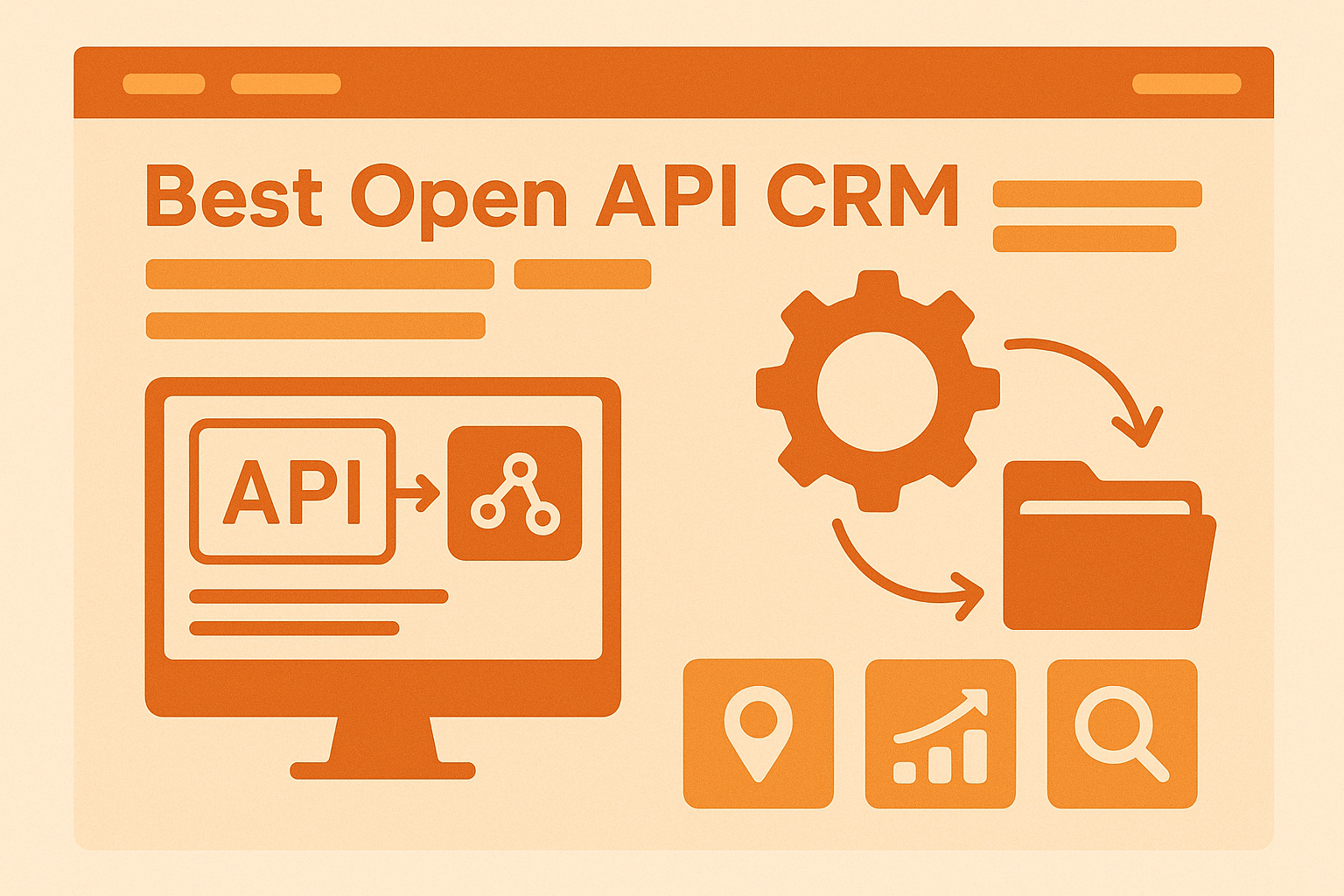Continuous innovations facilitate the everyday life and business routine. Specifically, the appearance of CRM systems gave a green light to the developing customer-centric strategies and stimulates the fostering of close-knit relationships with clients. Apart from the technology, lots of businesses adopt and put into practice many other rules and economic theories.
Currently, the Pareto CRM is getting more and more supporters. Savvy vendors employ the 80/20 rule for time and team management, justified analytics, and advanced customer service. The slight review of the strategy and approaches to overall company performance helps to increase the revenue along with reduced efforts and expenses.
Conceptual Illustration of the Pareto Principle
-Mar-27-2024-11-54-22-9043-AM.png?width=592&height=444&name=pareto-s-principle-the-80-20-rule-2275148-EN-FINAL-ab8bdd1c79ca4545a94b2f53419527ee-1024x768%20(1)-Mar-27-2024-11-54-22-9043-AM.png)
The idea that financial and material resources are distributed unevenly was a harsh truth. But at the beginning of the 20th century, the Italian economist Vilfredo Pareto shared his observation that only 20% of the population possess the 80% of the wealth. This opinion was cultivated by many economists, and Joeseph Juran formulated the final concept of the 80/20 rule.
What does this rule of vital few mean? Generally, it states that 80% of results or consequences are caused or produced by 20% of efforts or other resources. Thus, this rule doesn’t require 80 to 20 ratio, in other words, the figures of this model don’t have to add up to 100.
The following examples will briefly describe how to use the Pareto CRM.
- Let’s say 20% of your sales reps bring 80% income, so you should improve their working conditions and reward them.
- If 20% of CRM features handle the 80% of tasks and activities, it is highly advisable to focus on these options and engage more employees to their usage.
- 20% of your customers contribute 80% of your revenue. Providing a better service for this clients will make them return to your company.
- Usually, 80% of complaints come from the 20% of customers. So, you can enable them with a knowledge base and FAQ section for reducing the number of requests.
Pareto CRM or A Big Step Forward in Business Performance
The applying 80/20 rule into your daily round enhances the routine, makes you more productive and spares time for the personal life. This principle may be equally adopted into your business strategy and boost the efficiency of the company performance with reduced expenses. With the rule of vital few, managers understand the vitality of focusing on the 20% during the day on the things and activities that sufficient for business income rates. The Pareto CRM principle may be applied to the next areas of your performance.
1. Sales Processes
Your sales reps provide the potential and existing customers with a huge number of different offers. Definitely, its proposal has a various level of success. With Pareto rule, you may optimize the performance by suggesting offers that show the best results. There is a high possibility that 80% of your new clients will come from 20% of these proposals.
2. Customer Service and Satisfaction Rates
The number of your clients is far larger than the amount of total successful transactions.According to the Pareto Principle, nearly 80% of your revenue come from 20% of your customers. For ensuring your stable and growing income level, you should take a primary care about these major clients.
3. Tasks Accomplishment
The 80/20 rule emphasizes the importance focus on an increasing efficiency of a certain situation for a successful resolvement. Thus, the tasks may daunting and cumbersome. The incorporation of this principle will help you to figure out what activities must be retained and which one could be omitted without ill-effects.
Technologies are effective and facilitate the complex business processes, yet you should set up the issues to solve. If you consider logically, the focus on 20% of the most important and vital tasks will bring higher productivity and, therefore, ever-increasing revenue rates. The Pareto Principle isn’t the ultimate law, but if you seek for advancing the quality of your organization performance, focusing on the critical 20% will optimize overall activities and resources.

.png?width=140&height=140&name=Noah%20(1000%20x%201000%20px).png)



